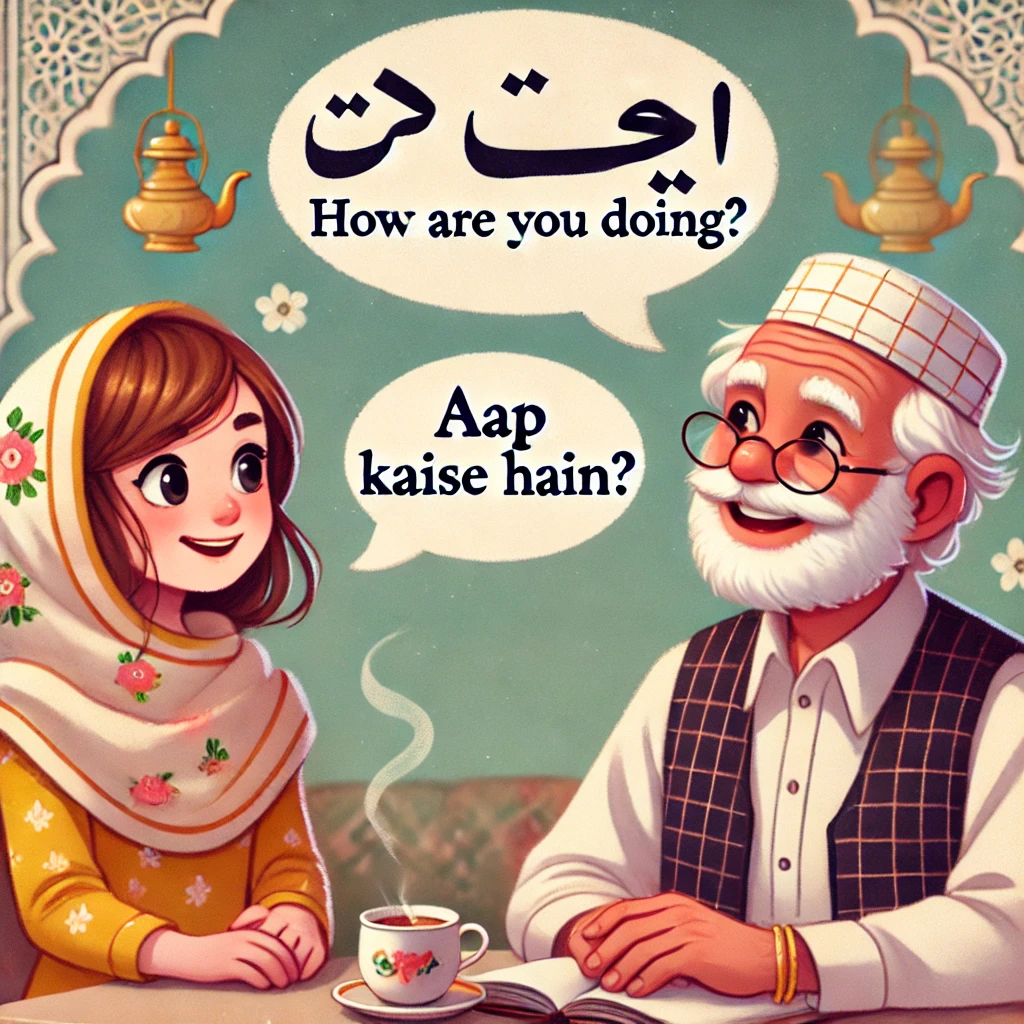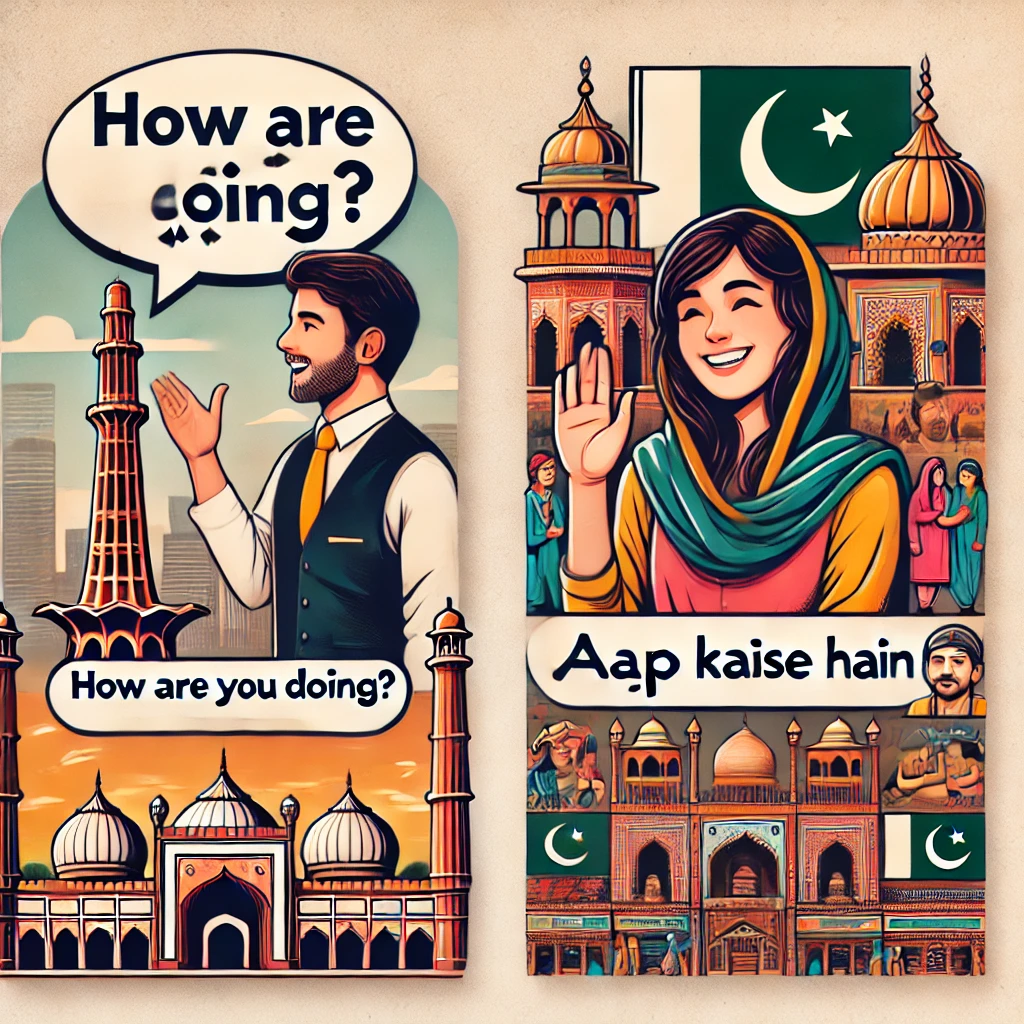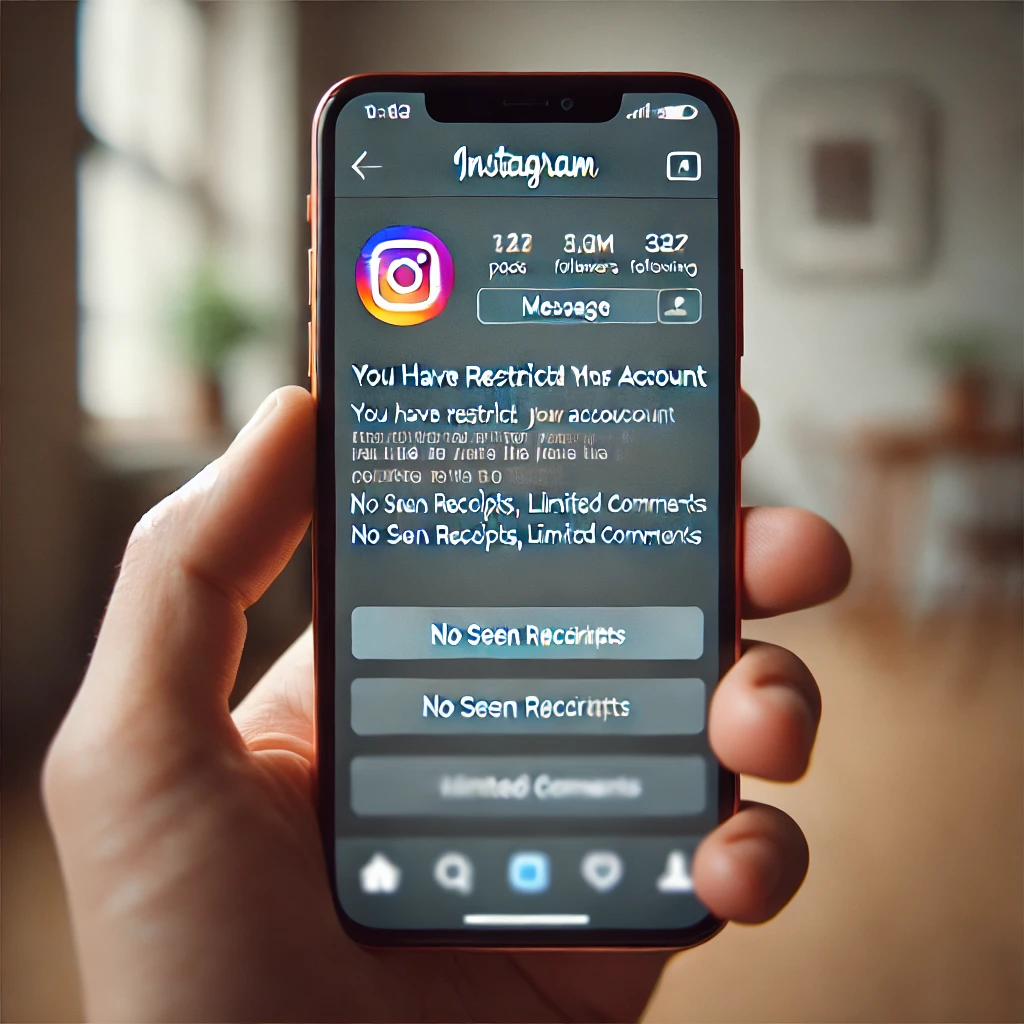In today’s global and interconnected world, learning simple phrases can open the door to deeper cultural connections. One such phrase is “How are you doing?” This article will help you understand its meaning in Urdu, explore its usage in daily conversation, and even share some common responses. So, grab a cup of tea, and let’s dive into this friendly guide together.
What Does “How Are You Doing?” Mean in English?
When we say “How are you doing?” in English, we are not just asking about someone’s health; it’s a warm way to check in on their overall well-being. This phrase can be used in both casual and formal situations. Whether you’re greeting a friend or starting a conversation with a colleague, it’s a simple and polite way to show that you care.
How Are You Doing – Meaning in Urdu
The most common Urdu translation for “How are you doing?” is:
“آپ کیسے ہیں؟”
This simple phrase carries the same warm sentiment and is often used in everyday conversation.
There are a few alternative ways to express this in Urdu, such as:
- “آپ کا حال کیسا ہے؟”
- “آپ کیسے محسوس کر رہے ہیں؟”
Each of these variations may be used depending on the context, but they all aim to connect and show genuine interest in the other person’s well-being.
Using “How Are You Doing?” in Daily Conversations
Imagine meeting an old friend on the street or starting a phone call with a colleague, saying “How are you doing?” sets a positive tone. In Pakistan, many people mix English and Urdu in their conversations, so you might hear both languages flowing naturally. For example:
English: “Hi, how are you doing?”
Urdu: “السلام علیکم، آپ کیسے ہیں؟”
This blending of languages is common in urban settings, making greetings both familiar and friendly. It’s not just about words, it’s a way to connect on a personal level and show respect.
Common Responses to “How Are You Doing?”
When someone asks, “How are you doing?”, there are several natural replies in both English and Urdu. Here are a few examples:
- I’m good, thanks!
- “میں ٹھیک ہوں، شکریہ!”
- Not bad!
- “برا نہیں!”
- Doing great!
- “بہت اچھا!”
These responses are casual and friendly, helping to keep the conversation flowing. They’re also great for non-native speakers learning these everyday phrases.

The Cultural Context of Greetings in Pakistan
In Pakistan, greetings play a crucial role in everyday interactions. While many people use Urdu greetings like “آپ کیسے ہیں؟”, English greetings are also common especially in urban areas or in professional settings. This mix reflects a broader cultural trend where people blend languages to express respect, friendliness, and modernity.
Your Questions Answered
What is the best way to translate “How are you doing?” into Urdu?
The most direct translation is “آپ کیسے ہیں؟”, which is both simple and widely understood.
Are there any informal versions of this phrase in Urdu?
Yes, informal versions include “آپ کا حال کیسا ہے؟” or “کیسے ہو؟” when speaking with close friends or family.
Can I use English greetings in Pakistan?
Absolutely! In many urban and professional settings in Pakistan, English greetings are quite common and well-accepted.
How do cultural differences affect greetings in Pakistan?
Cultural norms in Pakistan emphasize politeness and respect. Using both English and Urdu in greetings can show your cultural awareness and make interactions more personal.
What are some common responses to “How are you doing?” in Urdu?
Common responses include “میں ٹھیک ہوں، شکریہ!” (I’m good, thanks!), “برا نہیں!” (Not bad!), and “بہت اچھا!” (Doing great!).
Conclusion
Understanding and using everyday phrases like “How are you doing?” in both English and Urdu can help bridge cultural gaps and build genuine connections. Whether you’re chatting with a friend or greeting a new acquaintance, these simple phrases go a long way in showing care and respect. So next time you meet someone, try using “آپ کیسے ہیں؟” and enjoy the friendly conversation that follows.




